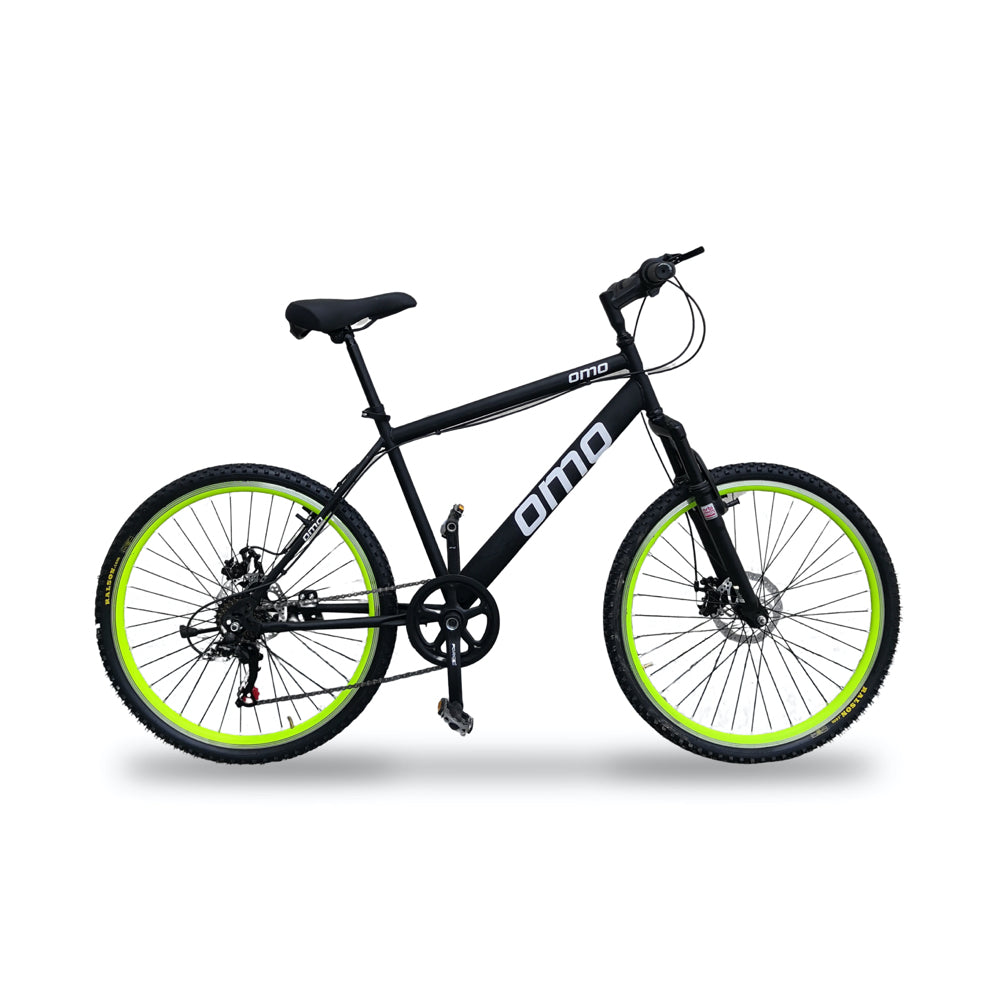Step 4:

Decide how much you’d like to lower or raise your bar and add or remove the appropriately sized spacer(s).
Step 5:

Slide the stem back onto the steerer tube and replace the spacers you just removed into position above the stem.

Ensure there is a 3 to 5mm gap between the steerer tube and the top of your stem/spacer. This will ensure there’s enough space for the headset top cap to clamp down and pre-load the headset bearing.
Step 6:

Now replace that top cap and bolt, and tighten until you feel some resistance. This top cap bolt is used to pre-load the headset bearings.
Step 7:

Next, align the stem with the front wheel, so the bar is at a right angle with the wheel. This may take some patience – it helps to straddle yourself over the top tube of the bike.
Step 8:

Once the wheel and stem are aligned, evenly torque the stem clamp bolts to the manufacturer’s recommended value using a torque wrench. This is often around 5 to 8Nm.
Step 9:

Check your headset adjustment.
An easy trick to get this right is to hold the front brake and put one hand on the headset, then rock the bars gently back and forth. Feel for the steerer rocking back and forth inside the head tube of the bike.
If you feel this, loosen the stem clamp bolts and tighten the top cap bolt another quarter-turn, then re-torque the stem clamp bolts.
Repeat until all signs of bearing movement have disappeared and the handlebars still turn smoothly. If you’ve tightened the bolts too much, you’ll feel a tight spot when turning the handlebars.
If your headset feels rough, it may be time to service or replace your headset bearings.
How to flip the stem on my bike?
If spacers aren’t enough to achieve the effect you want, you can flip the stem to make a further change to the bar height.
Most mountain bikes will be set up with the stem in a positive position, creating an upward angle, but you can use it the other way around.
This uses all the steps above with the addition of unbolting the handlebar from the front of the stem.
Step 1:

With the bike’s wheels firmly on the ground, make a mental note of the handlebar angle and the brake lever angle.
Matching up a piece of masking tape on the faceplate and bars will make sure you get the angle spot on when refitting.
Undo the bolts that hold the handlebar to the front of the stem. Remove the stem’s faceplate and store it somewhere safe.
Step 2:

Let the handlebar gently drop to the side and now follow the procedure for swapping spacers, outlined in steps 1 to 4 above.
Step 3:

While the stem is off the bike, flip it over and then slide it back onto the steerer tube.
Step 5:
Reinstall the handlebar, replicating the previous brake lever and handlebar angle.
Tighten the faceplate to the manufacturer’s recommended torque (generally between 4 and 8Nm). Ensure that all bolts are done up evenly, a little at a time, and that there is an even gap from top to bottom with the face plate once they’re tight. If the gap isn’t even, the handlebar is being pinched.
(While it’s usually the case, not all stems suggest having an even gap at the top of the faceplate. Check your user manual if you are in any doubt.)
Proceed with steps 3 to 7 above to pre-load the headset and tighten the stem.
How to adjust the height of a quill stem / threaded style

Quill stems were the norm before A-head/threadless style stems hit the market. They are still commonly seen on bikes of all styles and disciplines.
Quill stems slide into the steerer tube of the fork and are secured with either an expanding bung or sliding wedge that presses against the inside of the tube.
Adjusting their height is slightly different – but arguably much easier – than a threadless stem.
Step 1:

Begin by loosening the bolt on the top of the stem. Most use a hex head bolt, but some will use an external bolt.
Step 2:

Once loosened, you may be able to freely move the stem.
If the item hasn’t been adjusted in some time, you may need to gently tap the bolt with a hammer to free the wedge or bung.
If the bolt is sitting proud of the stem, strike this directly. If it is flush with the top of the stem, you can use your hex key to gently tap the bolt.
Step 3:

The stem can now be adjusted to your heart’s content. Be sure to check for any minimum and maximum insertion marks on the stem and adhere to these.
It is good practice to periodically grease the shaft of a quill stem because they frequently seize if left dry.
Step 4:

Once you have set the height of your stem and lined it up with your front wheel, you can re-tighten the wedge bolt to spec.
You’re now good to hit the trail and/or road to test out the bike’s new handling characteristics.
It may take some trial and error along with patience to find that perfect height, but once you’ve got it, you’ll be far closer to realizing the bike’s true potential.
If you want to know more about this topic or you have some kind of questions please let us know, our team will love to help you out.
Meanwhile, RIDE HARD & RIDE SAFE.






